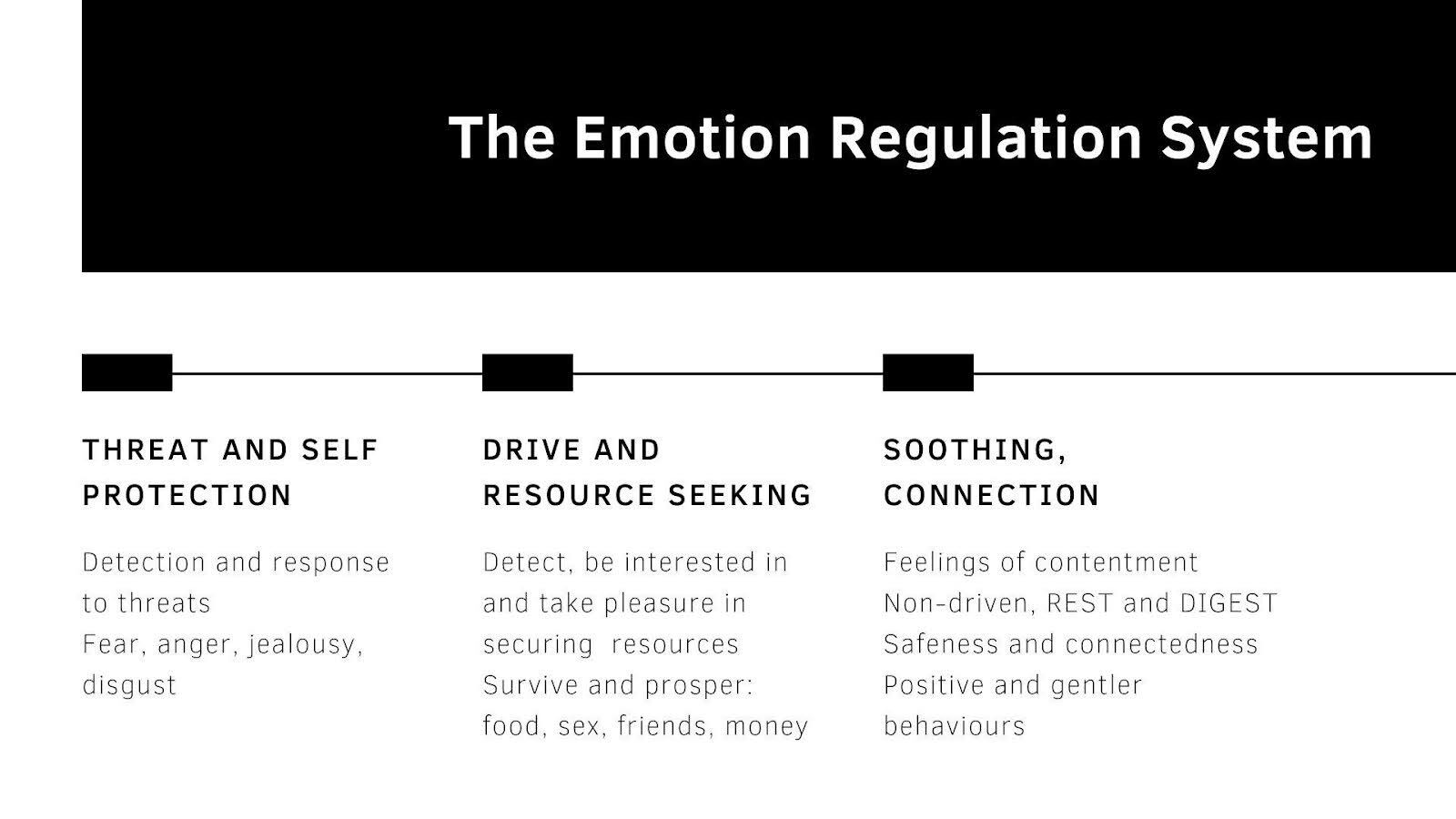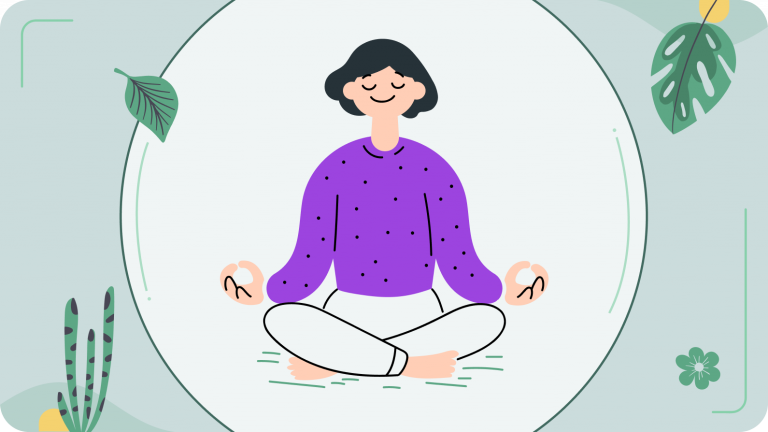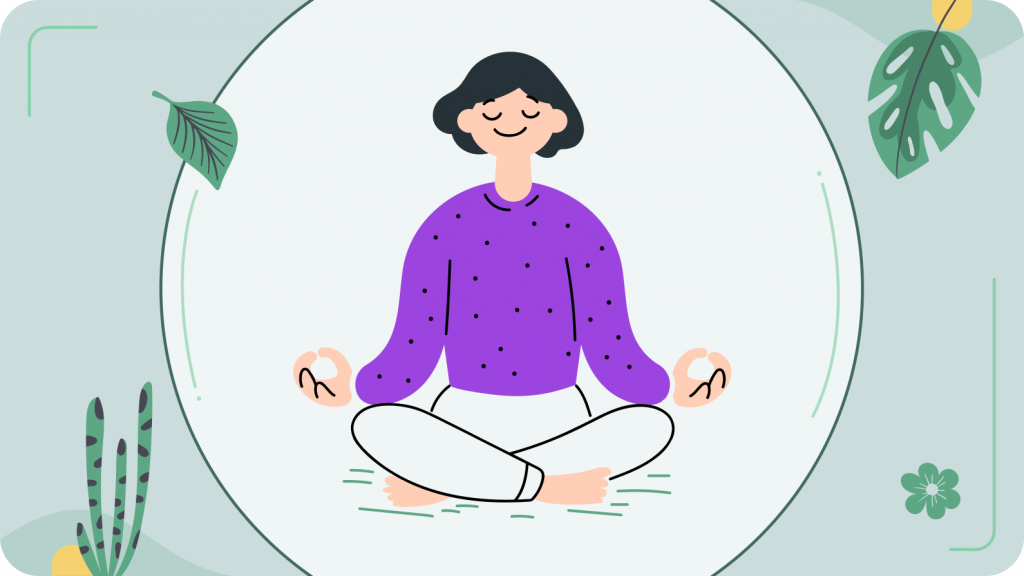Learn How to Play Your Brain for Maximum Optimization
What I have always found fascinating about the study and science of human beings and our interest in psychology is the overwhelming focus on the brain, particularly the computational aspect of our minds and thoughts. Feelings or emotions have not been as eagerly investigated, primarily because they are often seen as a byproduct of our thinking or computational processes. To a certain extent, this is true.
Our feelings and emotions however, are what shape and create our entire experience of living. Think about your why. Why are you doing what you are doing? Why do you want what you want? Why do you try? Why do you stop trying? What drives you?
Your answers, whatever they are, can be drilled down into one fundamental element: feelings. Everything we do, everything we have learned to do, whether it is some version of approach or avoidance, we do because of a feeling.
The human being has evolved all its capacities to have the richest array of “feelings” and sensations (physiological sensations included, not just emotions) possible so that we can FEEL our way through life. Our thoughts would have no consequence to us, good or bad if they produced no significant emotional experiences.
In fact, many of our thoughts pass unnoticed by us. We have about 100,000 thoughts per day. The ones we remember are the ones that produce an intense enough emotion. We become focused on our thinking because of their capability of producing a certain feeling or emotion, which we then experience as a motivator, inhibitor, or reward.
Emotions such as happiness, love, sadness, fear, disgust, and anger are the underlying reasons for most, if not all, intentional behaviors. The human being is a chemical factory that produces emotional experiences through neurotransmitters and hormones, which are then used to move us through life in particular ways according to personal and evolutionarily primed goals.
Three emotion regulation systems have evolved to help us to do this.

The threat/avoidance system is responsible for keeping us alive and safe. It has pre-programmed threats it scans for, such as loud noises, threatening animals, and germs (disgust), and is also highly programmable to accumulate a wealth of information about what we personally find threatening, painful, and “unsafe.” This system is primarily run on adrenaline and cortisol.
Adrenaline provides the fight, flight, or freeze response. In flight mode, we will produce strong “feelings” of resistance towards a certain activity, person, or place and lead to avoidance. Cortisol, on the other hand, helps keep us in a state of hypervigilance, ensuring we remain “locked onto” these perceived threats through focus, worry, and rumination.
This heightened state of awareness can be beneficial in situations where quick, decisive action is required. It also enhances our attention to problem-solving strategies that can help us overcome these threats.
When a particular threat, such as a looming deadline at work, is likely to be resolved by taking specific actions, the threat system activates the “fight” component. This response channels our energy and focus towards addressing the challenge, thereby reducing the potentiation of the perceived threat. This activation of a problem-solving approach activates the goal attainment/reward system and reduces the threat system.
The goal attainment/reward system is essential for motivation and positive reinforcement, and it is primarily fuelled by dopamine. Contrary to popular belief, dopamine is not a happiness neurotransmitter. Instead, it produces a highly pleasurable feeling of achievement, success, and competence. This is the feeling we experience whenever we master a task, complete a sudoku puzzle, or carry out any task we need to.
Dopamine produces what I like to label as “power” or potency. Serotonin, a powerful mood regulator, senses how much power we have at any given time. Serotonin acts as the chemical equivalent of our sense of self, reflecting how much power we possess.
It incorporates both a snapshot of our psychological power—our self-esteem, which is influenced by how much dopamine we have achieved recently—and our physiological wellness, as many serotonin receptors exist in the gut. This connection between the gut and the brain is what scientists have been hypothesizing about for years.
When we have a lot of power, we become eager for more. We feel excited and motivated to explore and interact with our world. We attack our daily chores with gusto and energy, driven by the promise of a dopamine hit every time we successfully complete a task.
Our sense of power and potency also increases which in turn reduces the activity of the threat/avoidance system. Think of threats as bills that need to be paid.
High self-efficacy, or power, is like having a very healthy bank account. We can cover our bills with ease, so even though there may be potential threats, we do not experience the surge of adrenaline (anxiety) because we know we have it covered. Instead, we activate the motivation and drive of the goal attainment and dopamine system.
The soothing/affiliative system is the third key component in our emotional regulation framework. This system is primarily driven by the neurotransmitter oxytocin, often referred to as the “love hormone.”
It plays a crucial role in fostering social bonds, reducing stress, and promoting feelings of safety and well-being. In a healthily balanced individual, this system will naturally activate when we have successfully navigated all our tasks and are in a state of safeness (non-threat).
It is the state of complete satiation, fullness and equilibrium. In this state we have free use of all our faculties, and it is most aligned with insight, wisdom and creativity. It would be the system that provides eudaimonic happiness.
The soothing/affiliative system helps us form connections with others, which is essential for our mental and emotional health. When we engage in nurturing activities, such as spending time with loved ones, participating in community events, or even simple acts of kindness, oxytocin levels increase.
This promotes feelings of trust, empathy, and bonding, which are vital for maintaining strong social relationships.
Oxytocin also counteracts the effects of the threat/avoidance system by reducing cortisol levels, thereby decreasing stress and anxiety. When we feel safe and connected, our bodies and minds can relax, allowing us to recover from stress and build resilience.
This system supports the maintenance of a calm and balanced emotional state, which is essential for overall well-being, playfulness, creativity and ultimate satiation and fulfillment.

Here are some suggestions for dealing with each emotion regulation system:
- Threat/Avoidance System:
– Practice Mindfulness: Mindfulness techniques can help reduce hypervigilance and activate the rest and digest system.
– Exercise Regularly: Physical activity helps lower cortisol levels and reduces stress.
– Engage in Problem-Solving: Break down tasks into smaller, manageable steps to make them less overwhelming. Schedule the tasks for completion.
- Goal Attainment/Reward System:
– Set Realistic Goals: Break larger goals into smaller, achievable milestones to ensure regular dopamine hits.
– Celebrate Successes: Acknowledge and reward yourself for even small accomplishments to boost self-esteem and motivation.
– Stay Positive: Use positive self-talk to maintain motivation and reduce the likelihood of avoidance behaviors.
- Soothing/Affiliative System:
– Nurture Relationships: Spend quality time with loved ones and engage in social activities to increase oxytocin levels.
– Practice Self-Compassion: Be kind to yourself, especially during times of stress or failure, to promote emotional healing.
– Relaxation Techniques: Engage in activities such as meditation, deep breathing, or yoga to activate the soothing system and reduce stress.
By understanding how each of these emotion regulation systems works and interacts, we can begin to play our brain to produce these emotions when we need them.
Balancing our focus between the dopamine-driven achievements and the calming influence of the soothing system can lead to a more sustainable and fulfilling sense of happiness.
Navigating life’s challenges effectively, improving our mental health, and enhancing our overall quality of life becomes attainable by leveraging these systems.















